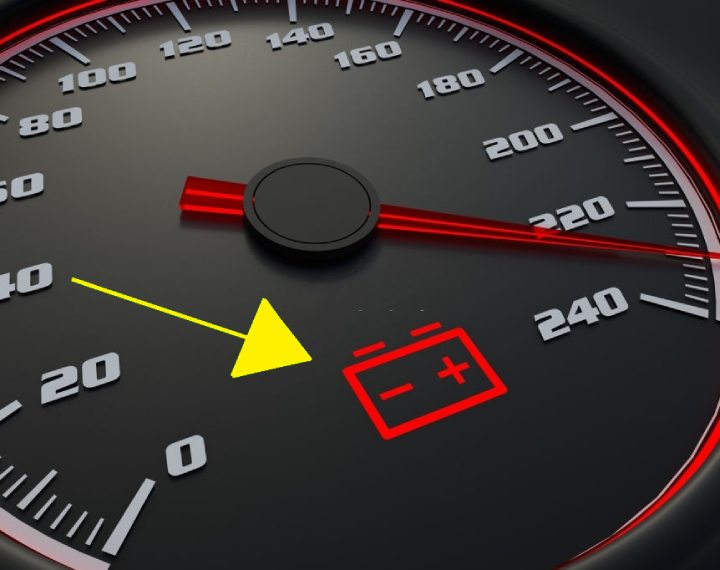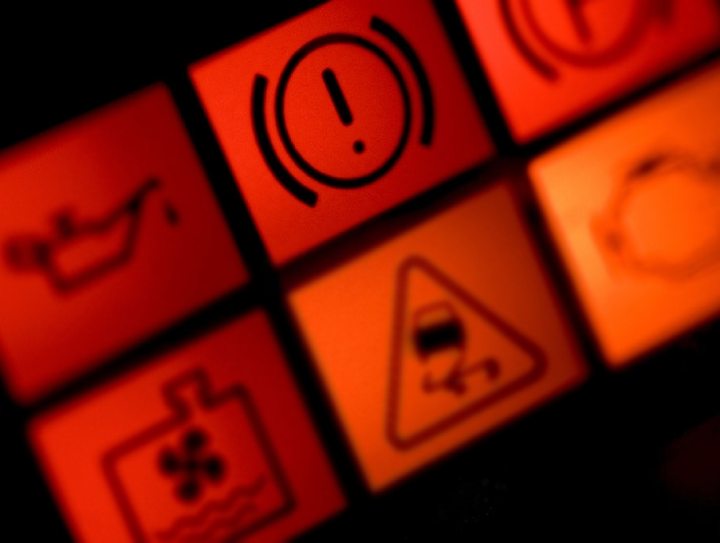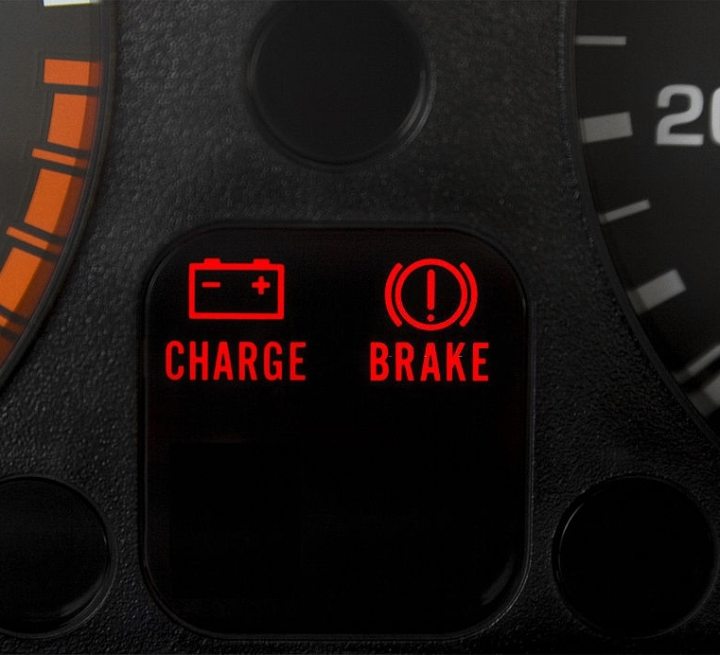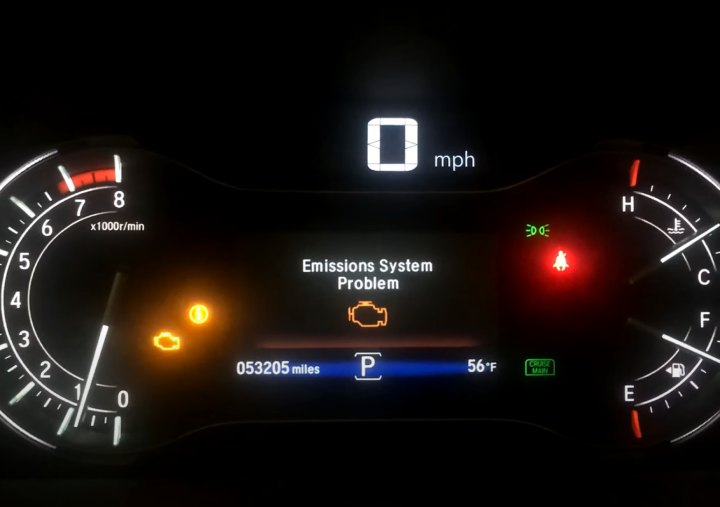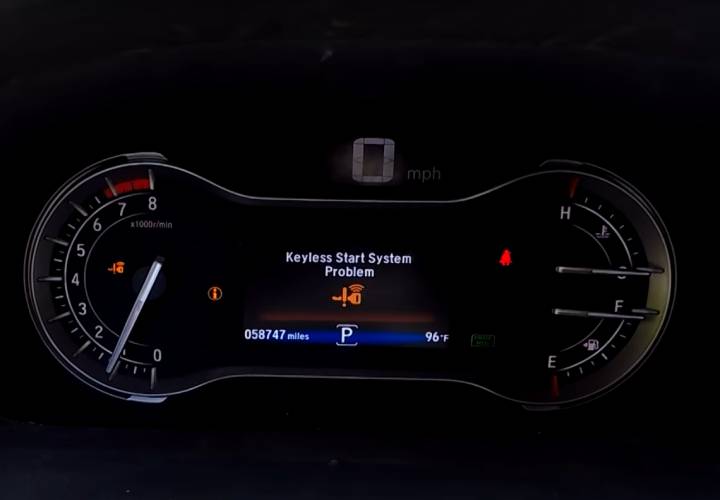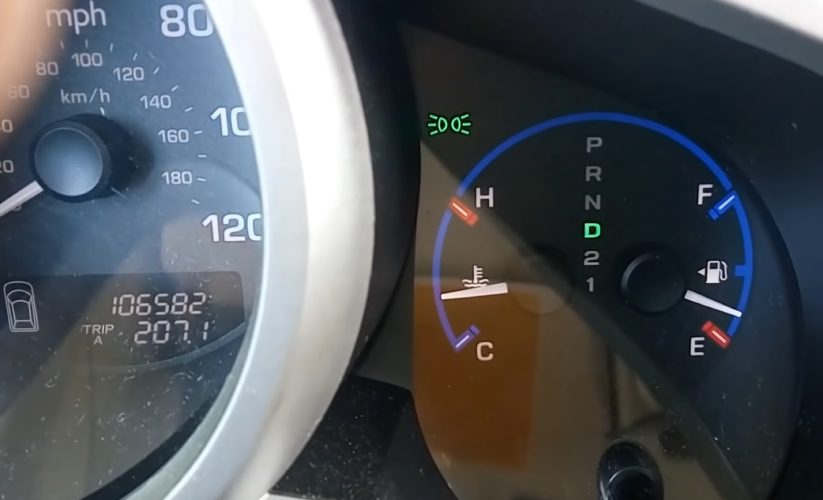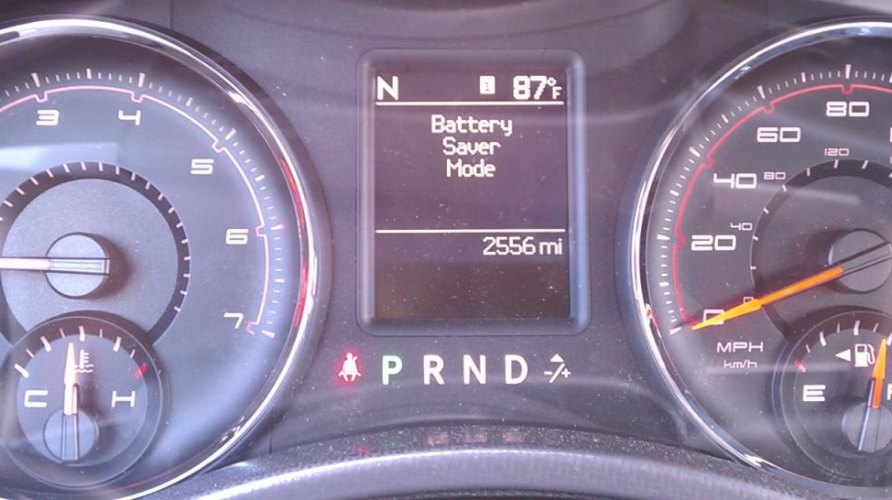Headlights are like the eyes of your car. You turn them on at night to lighten the road ahead, but you also use them to signal other drivers in some situations. But what happens when the low-beam light malfunctions?
The high beam and low beam lights are separate circuits in your car. That is why the low beam can malfunction, but the high beam continues to work as usual. Unfortunately, you cannot use a high beam all the time. It annoys other road users and can cause temporary blindness, possibly resulting in accidents.
So, what causes the low beam to malfunction, and how can you fix it? Read on for detailed information.
What Does Low Beam Malfunction Warning Indicate?
The Low Beam Malfunction warning can appear on your dashboard when you turn on the ignition or are already driving. It simply alerts you that the low beam headlight won’t operate when you turn on the ignition switch. There is likely a problem in its circuit that causes the beams to fail.
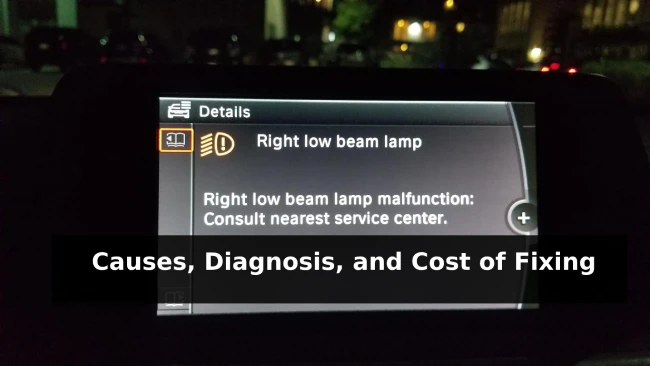
You will see the Low Beam Malfunction on the central information display if the headlight bulbs are faulty, but there are other causes. It can also result from a malfunctioning xenon light control circuit, faulty fuse, dimmer switch, headlight relay, and connection problems.
You should address the Low Beam Malfunction before dusk if you plan a night trip. Check the headlights and fix any faulty lamp, even if it is just one side. Driving with only one side headlight functioning can cause you to be pulled over.
What Causes Low Beams to Not Work?
The causes are many, but only one will be responsible for the Low Beam Malfunction in your BMW at any given time. The warning message is triggered by a fault with any of the components in the low beam circuit system, and they include the following:
01. Faulty Headlight Bulb
Burned-out or faulty headlight bulbs are the most common cause of Low Beam Malfunction in BMW cars and other brands. These bulbs have a definite lifespan, rated in hours. They will blow out when they reach the end of their service life.
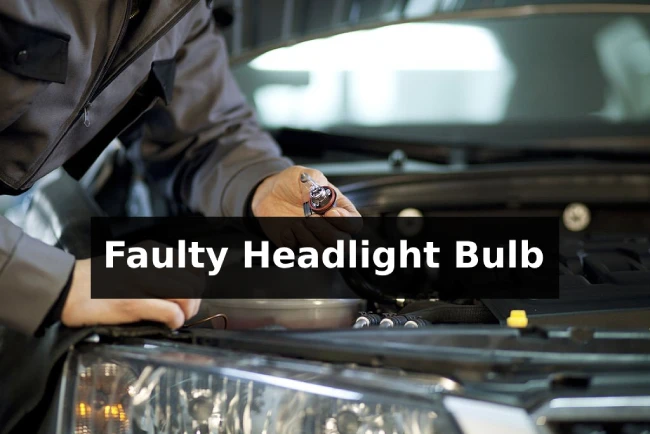
In many cases, only one side of the headlights will burn out. It, however, does not mean the other one is still in good condition. When one bulb burns out, the other one will also follow soon. The advice is to replace both headlight bulbs if you don’t want the problem to repeat soon after fixing it. It is also the only way to ensure you have the same brightness from both headlights.
It is easy to single out faulty headlight bulbs as the cause of Low Beam Malfunction. If only one is blown out, interchange them to see if the working one lights in the same socket as the faulty one. If it doesn’t, the problem lies somewhere else. But if it does, buy a pair of headlight bulbs and fix them.
02. Faulty Xenon Light Control Unit
A faulty xenon control unit can also be a common problem if your car is fitted with xenon headlights. This unit, also known as the ballast, is often attached to the side or bottom of the headlight housing. It is a rectangular or square box.
To know if the faulty xenon light control unit is the cause of the Low Beam Malfunction, replace the bulbs. If they don’t light up, the problem is with the ballast.
A faulty xenon light control unit will show other signs before it goes out completely. The headlights begin to blink and flicker and shut down later after turning them on. The lights can also go out suddenly when in use. These signs indicate your xenon light control unit is faulty and should be replaced.
The diagnostic trouble code will not show you if your xenon light control unit has failed. It will be just a generic code telling you that the low beam has malfunctioned.
03. Bad Fuse
If the headlight bulbs and control unit are working as they should, the likely culprit is the fuse. Every electrical system in your car is protected by a fuse, and low-beam headlights are not exception. This protective device is designed to cut off the excessive flow of electric current into the circuit, protecting the circuit components.
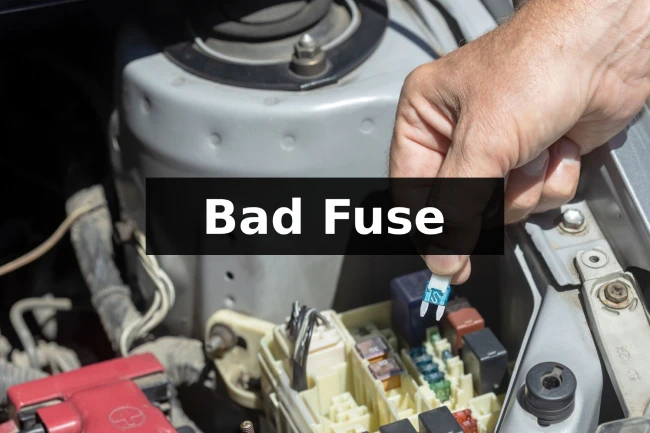
The fuse can blow out if the wrong headlight bulbs are fitted into the headlight sockets or if there is a short circuit in the system. It blows to protect wiring and other circuit components, keeping damage to a minimum.
Open the fuse box under the hood or behind the dashboard. Identifying the specific fuse responsible for the headlight circuit can be challenging if you are not experienced with the auto wiring system. Fortunately, you can refer to your owner’s manual for this information.
Visually inspect the fuse if you can see the damage inside. But the surest way of testing a fuse is using a multimeter. If it is indeed blown, replace it with another of the same current ratings.
An underlying electrical problem should be addressed if the fuse blows off again. Contact a technician or take your car to the dealership for help.
Related content: What Are ATC Fuses Used For?
04. Faulty Headlight Relay
The headlight switch on the dashboard or steering column is a low-voltage device that switches on another high-voltage circuit. The low-voltage circuit makes it safe to be used inside the cabin. When you flip it to turn on the headlight, it operates a relay that completes a high-voltage circuit for driving your headlights. The headlight relays are also located in the fuse box.
Unfortunately, the headlight relay has a solenoid that can wear over time or develop electrical problems such as open circuits. When it fails, the headlights remain off even when you flip the switch to turn them on.
Most vehicles have two headlight relays; one for low beams and the other for high beams. The signal goes to the body control module (BCM) if you activate the low beam switch. The BCM turns the relay on, which closes the low beam headlight contact switch to turn on the headlights. A faulty headlight relay won’t respond to the BCM commands.
The headlight relay is faulty if the headlights won’t turn on or off when you flip the switch. You can confirm this by listening to the clicking sound that usually comes from the relay when it closes the contact. Replace the relay if you hear nothing. That should resolve the problem.
05. Faulty Headlight Switch
The headlight switch is usually part of a multifunction switch attached to the steering column. It also controls the turn signals. The contact position can wear out over time. Flipping it to turn the headlights on will not signal the BCM to operate the relay.
Unlike the faulty relay, a defective headlight switch will cause intermittent operation. That is because wear and tear do not occur all of a sudden. If you have to operate the switch more than once to turn on or off the headlights, it may be the problem. Replacing the faulty headlight switch is the appropriate solution.
06. Faulty Dimmer Switch
As the name suggests, a dimmer switch controls the light intensity of your headlights. Vehicles equipped with this functionality can dim the headlight and cause low-beam warnings. The dimmer switch controls the electrical power flowing to the headlight bulbs.
A faulty dimmer switch can cut off the power, causing the control computer to display the warning message on the instrument cluster.
07. Connections In the Light Socket Might Have Gone Bad
The last possible cause of low beam headlight malfunction is poor connections at the bulb connector plug. That can be caused by corrosion if moisture gets into the headlight housing.
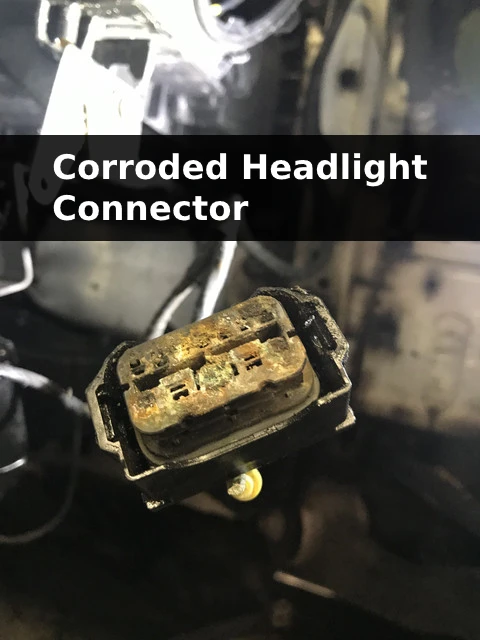
Check for corrosion and try to clean them out. Also, ensure the connector plug is fitted in tightly to see if that fixes the problem. If it doesn’t, consider replacing the unit with a new one.
Related BMW Warning: What Does Parking Lamp Malfunction Mean?
How Much Does It Cost to Fix BMW Low Beam Malfunction?
The cost of fixing the low beam malfunction is not universal. It varies significantly depending on the car model, the part to be fixed, and your location. You can save a few bucks if you can fix it in your garage. But if you call a mechanic, installing a halogen bulb will cost you about $50 in labor fees and about $20 for a new bulb.
The cost of replacing a high-intensity discharge bulb is much higher than that of a halogen one. You can plan with about $100 or more. But if you want to replace the entire headlight assembly, the total cost ranges from $250 to $700.
The chart below gives information on the cost of buying OEM aftermarket parts for fixing the BMW low beam malfunction warning. The labor fee is not included here.
| Replacement part | Cost Estimate |
| Headlight bulb | $20 – $350 |
| Headlight assembly | $250 – $3,200 |
| Headlight fuse | $10 – $20 |
| Headlight relay | $10 – $30 |
| Xenon light control unit | $30 – $50 |
| Headlight switch | $25 – $430 |
| Headlight dimmer switch | $150 – $350 |
Is It Safe to Drive My BMW with A Low Beam Malfunction?
It is safe to drive your BMW with a low beam malfunction warning message as long as you do it during the daytime. However, the functionality of your headlight will be compromised. And since you need it for more than just lighting the road ahead, you should fix the problem immediately. Don’t take your chances!
If you must drive with a low beam malfunction at night, use your high beams and pay extra attention to other vehicles on the road. While this is not ideal, as you will be blinding oncoming drivers, it is better than driving with a malfunctioning low beam.
Brian is an auto technician who writes DIY repair articles and creates how-to videos for MechanicAsk. He focuses on common repairs like brakes, oil changes, and lighting. Brian draws on his 5 years of dealership experience to explain repairs in an easy-to-follow manner, even for novice do-it-yourselfers. His technical articles always include detailed tool lists, supply checklists, and visual guides.



